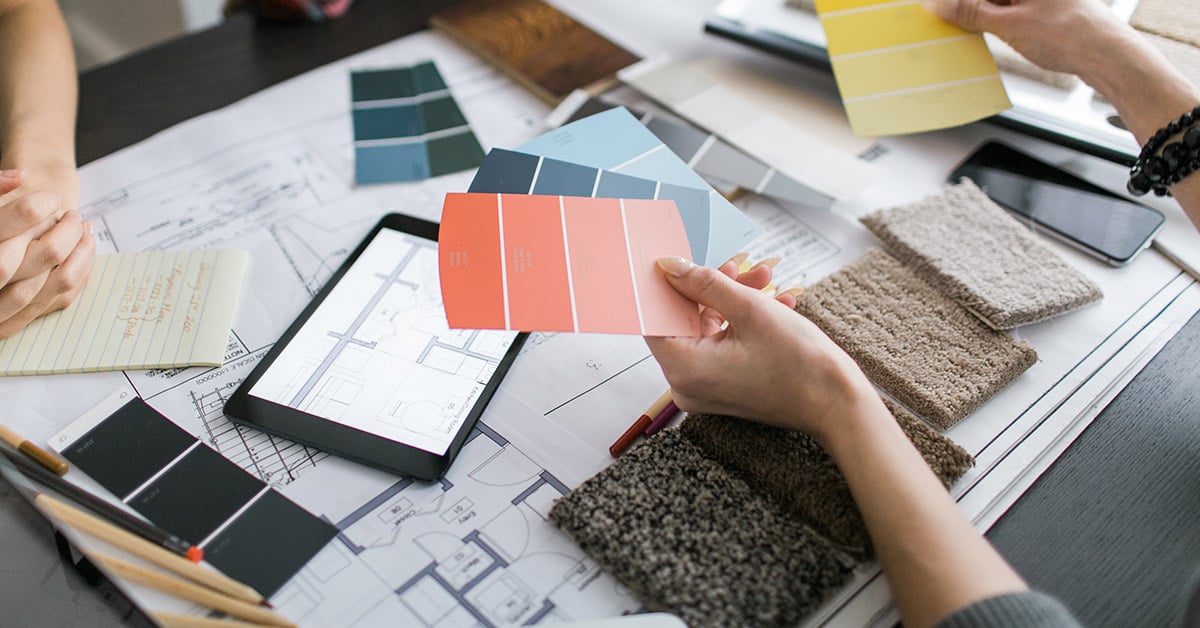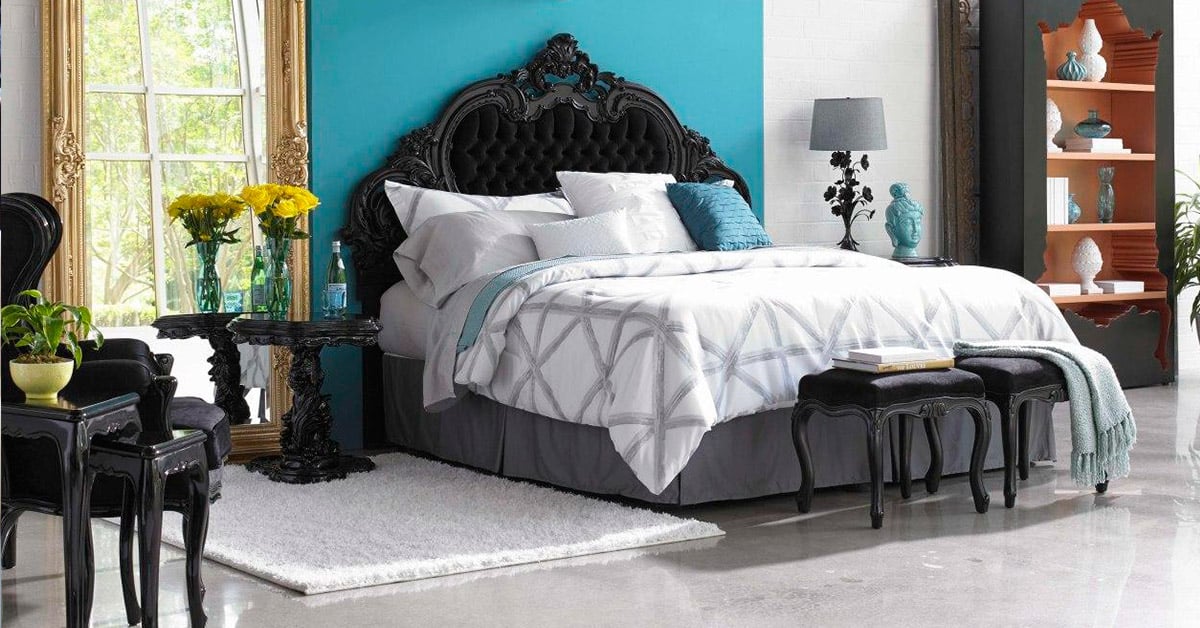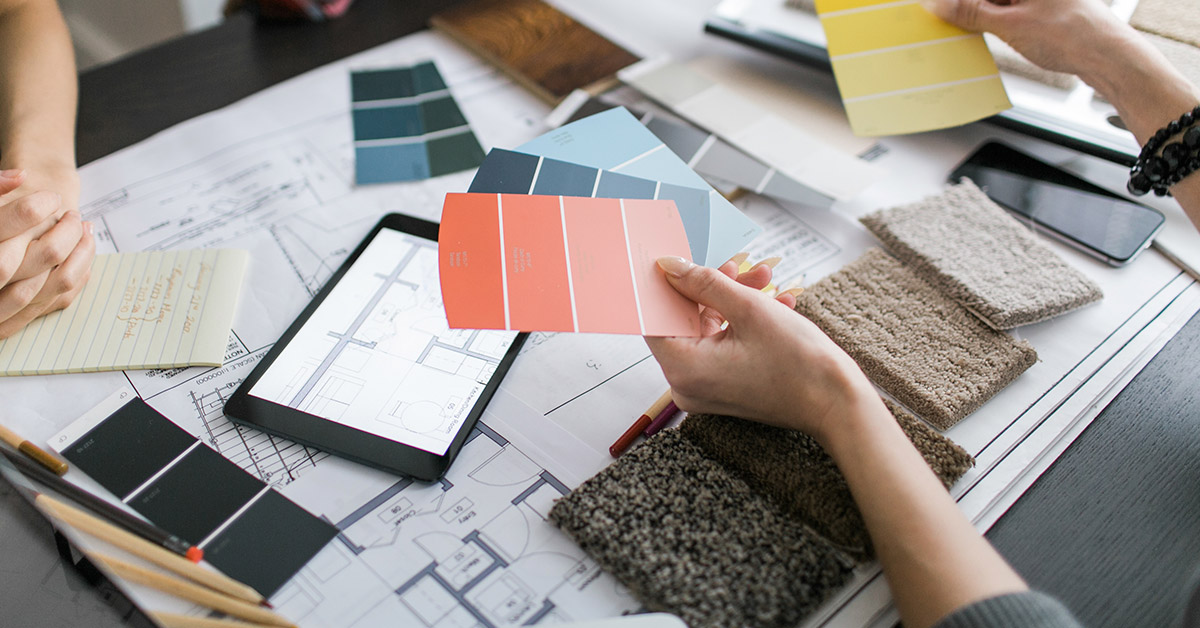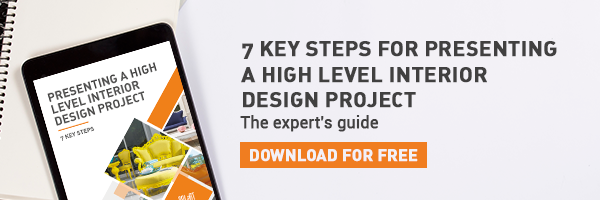Construction is a complex matter. The large amount of decisions and information that must be handled require different professionals to work together and in a coordinated manner; each one of them solving the problems that concern their field of study.
Although everything should go well - since everyone works with a common goal - it is not uncommon for there to be friction between the professionals involved, who in 90% of the cases are engineers, architects and interior designers.
Each of these professionals have different concerns and priorities when it comes to construction, and what may seem a trifle to one may be an aberration to another, and a suggestion may end up becoming a matter of dispute.
For this reason, we have prepared this brief guide with the things that we would have liked to know before starting to work in interdisciplinary teams, so that you, an interior designer, will find it easier to work with your construction colleagues.
Interior designers and architects: a story that can have a happy ending.
We all know the proverbial rivalry between architects and engineers: while the former do not skimp on the length of their spans, the latter are not afraid to propose a column right in the middle of the room for structural purposes.
In a similar way, architects and interior designers frequently have disputes of equal characteristics. For example, while one plans to have enough spaces to furnish, with lighting and appliances distributed throughout the premises, the other projects with canonical measures taken from Neufert or Plazola and is satisfied with providing the space with a couple of electrical outlets: one for a duplex contact and another one for a spotlight.
And naturally, no one likes to work under conditions that seem arbitrarily imposed by a third party, so friction does not take long to occur. However, it doesn't have to be this way. In fact, these cases are a symptom of a problem that affects us all equally: the lack of effective communication.
A matter of priorities

First of all, it is important to do an exercise in empathy and understand that each professional has different priorities when it comes to construction.
As a general rule, an architect is in charge of the design of the interior layout, the exterior shape, and the construction planning so that the building works.
On the other hand, interior designers are more specific, because through the selection of furniture, colors, finishes and decorations, they make sure that the space is functional as well as beautiful and comfortable.
Despite these differences, both professions have a common language: graphic representation. Plants, cuts, elevations, details, isometrics and above all, many, many freehand sketches, are the best tools with which both professionals can communicate their ideas to their clients and their workers.
How to work well with your fellow architects and builders?
Organizing a harmonious workflow with your colleagues in construction is possible. You just need to follow some guidelines, and determine some very basic things, for example:
In what stages of the design process should you intervene?

Each project is different and each client has different needs, so there is no universal answer. It is important that, from the first moment, you approach your colleagues and discuss this with them to identify what priorities the client has and therefore, in what stages of the design process it is important that you intervene.
Most likely, you should be present from the first meeting, since design intentions are criteria that the architect must know from the beginning.
For example, if it is a new residence, you can establish criteria and guidelines from the first design meeting, such as:
1. Span length
2. Standard width of spans
3. Required height clearance from floor to ceiling
4. Material palette
5. Distribution of electrical outlets
6. Leveling changes
Believe us, an architect will be happy knowing exactly what you need to work with, and if you give them specific information, it will be easy for them to take it into account when planning.
Articulate or adapt to a workflow.
It is possible that the client’s priority is the economy and the speed of the work, in which case, the engineers and architects will be the ones who establish the priorities, and it will be your turn to work subject to those conditions.
Even though it does not sound very encouraging, knowing in advance your place in the hierarchy of decisions, will help you prepare yourself to fit into the project workflow.
In the same way, it may be that the client's priority is to have beautiful spaces at any cost, and if so, it will be you, the interior designer, who must dictate the design guidelines.
Understand the challenges and goals of your colleagues.

One of the most powerful tools for a work team to function properly is empathy: being able to understand the priorities and concerns of each of your colleagues.
For example, the priority of an architect is often to achieve materialization of the spaces requested by the client and to plan the distribution of each space with its own engineering characteristics, mainly if there are special facilities.
With all these concerns on their mind, it is natural that your colleagues do not pay attention to your ideas or the requirements that the client demands.
So it is best to anticipate this situation and make an effort to present solutions and proposals in the form of hard facts and figures. It may sound obvious, but it is an attitude that is hard to develop and perfect.
If you are ready to move on to the higher leagues, you will need some skills in addition to empathy, such as knowing how to prepare and present a high-level project. We have anticipated this and we have made a guide with everything you need to know to take your interior design practice to a totally professional level.
Please click on the following link to get the guide every interior designer should have around:





Leave Comment